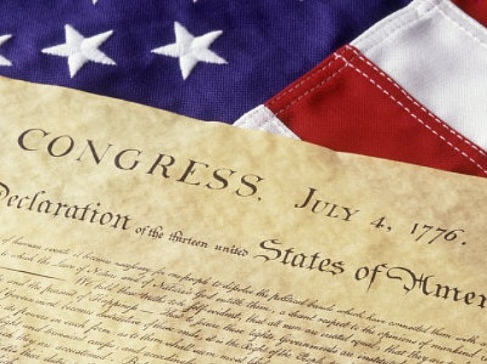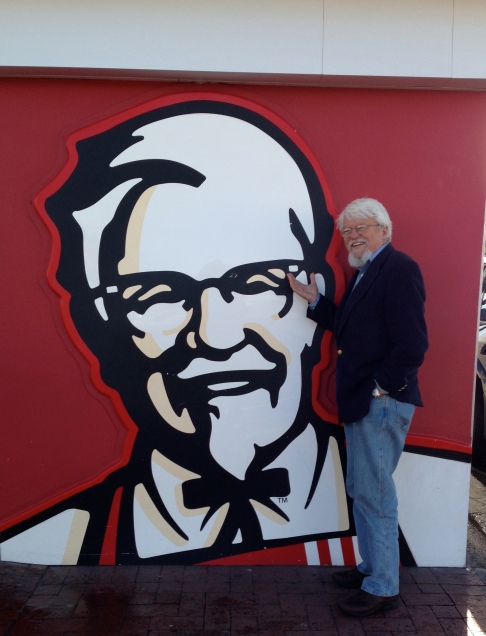I would hate to be a woman in South Africa. That’s a bold statement, I know, but let me explain. Even before this trip, I knew a little about this country’s history of marginalizing its women. For my final in a class I took on social movements last semester, I wrote a 14 page essay on the impact of the anti-apartheid movement on the role of women in South Africa – about how many lacked basic rights before apartheid’s fall, and how even after their pivotal role in the movement, recognition and elevated level in society were not quick to follow. This is not an issue unique to South Africa, but it is an issue all the same, and now, after spending almost two months here, I am again made aware of the fact that there are still many problems here surrounding feminism and women’s rights.
We talk a lot about the HIV/AIDS epidemic here in South Africa, and in many other countries across the African continent as well. But there’s another epidemic, and it’s just as ugly and creating just as many victims. Rape – or as I’ve learned as my time as an intern at the Sonke Gender Justice Network, any type of gender-based violence – is another huge issue facing this country. Quite simply, this is a country that is at war with its women, prompting the ANC Women’s League to go so far as describing the extreme gender-based violence running rampant in the country as “femicide.”
While extreme, the use of the word femicide is not entirely incorrect. Research done by the Medical Research Council, in a study of data between 1999 and 2009, shows that the rate of female homicides in South Africa was five times higher than the global rate. On average, a woman is raped every four minutes and one is killed every eight hours by her partner or relative. One third of all South African men have admitted to committing rape. Think about how many more there must be who would never admit it. In the halls of Sonke Gender Justice Network, where I’m lucky enough to be working this summer, there are entire bulletins filled with newspaper clippings concerning these very issues, reminding the employees what we’re fighting for, or more importantly, what we’re fighting against.
To truly understand the epidemic of violence against women in South Africa, I’ll ground this issue in an actual experience I’ve had this summer. Many conversations I’ve had with people here confirm regressive views on women and their rights. For example, a man charged with showing us around Sonke’s health clinic in the township of Gugulethu, made casual conversation about the not-so-casual topic of rape and where the culpability in those situation lies. Even if it was not his intention, what he was telling us lets me know that he supports victim-blaming. He talked about how rape and sexual assault is often the girl’s fault, and as he spoke, I saw at least two other men in our group nodding their heads in agreement. “They drink too much,” he said. “So much that they don’t even know where they are.”
…So what? The only cause of rape is rapists. It has nothing to do with how short their skirt may be, how much alcohol they’ve consumed, or whether or not they’ve been flirting and sending “mixed signals”. (Hint: there is no such thing as a mixed signal, there is only consent and lack of consent). There are obviously steps young women can take to avoid as many of these situations as possible, but it is ultimately never their fault. Society is teaching women “Don’t get raped” rather than teaching men “Don’t rape.”
In fact, he says that they give girls female condoms and encourage them to put the on in the morning, just in case they get raped.
Just in case. Think about that, really. Because I heard it a week ago and it’s still unsettling, still making me uncomfortable. It’s hard to wrap my mind around the idea that there are women and girls who expect rape, prepare for it even.
The problem is not everyone finds it unsettling. Many don’t even find it weird. Much like HIV/AIDS ten years ago, people don’t want to discuss it. Specifically, important people, people who could actually make a difference and have an impact, don’t want to discuss it. Earlier this year, South African athlete Oscar Pistorious, the incredibly tenacious runner who inspired thousands world-over as he competed in last year’s Olympics on his mechanical legs, murdered his girlfriend in their home. Coincidentally, the same day, South African President Jacob Zuma gave his State of the Nation speech. He decried the rampant violence against women, without announcing any serious new measures to fight gender-based violence. It’s hard to fight a war with a government that is more interested in words and not actions. A government that, in fact, is led by a man that was charged with rape in 2005 and put on trial for his crime. That feels relevant, doesn’t it?
I know that it’s unfair to make broad generalizations about the entire South African male population, and I’ve tried not to do that, especially because I’ve met many great men this summer who denounce the old-fashioned patriarchal views and are determined to fight for a better, more equitable society for their daughters (and sons). I know that rape happens all around me in the United States, too, and that gender-based violence is a huge issue there as well, especially when it comes to hate crimes against the LGBTQ community. I know that South Africa is a country crying out for a real conversation about violence against women and rape, and I know that, eventually, that conversation will happen. But until it does, I know that, as much as my friends and I joke about how we’ll one day come back to live in South Africa and enjoy the beaches, mild winters, and malva pudding, until there are some major societal changes in this wonderful, confusing country, I probably won’t.



















